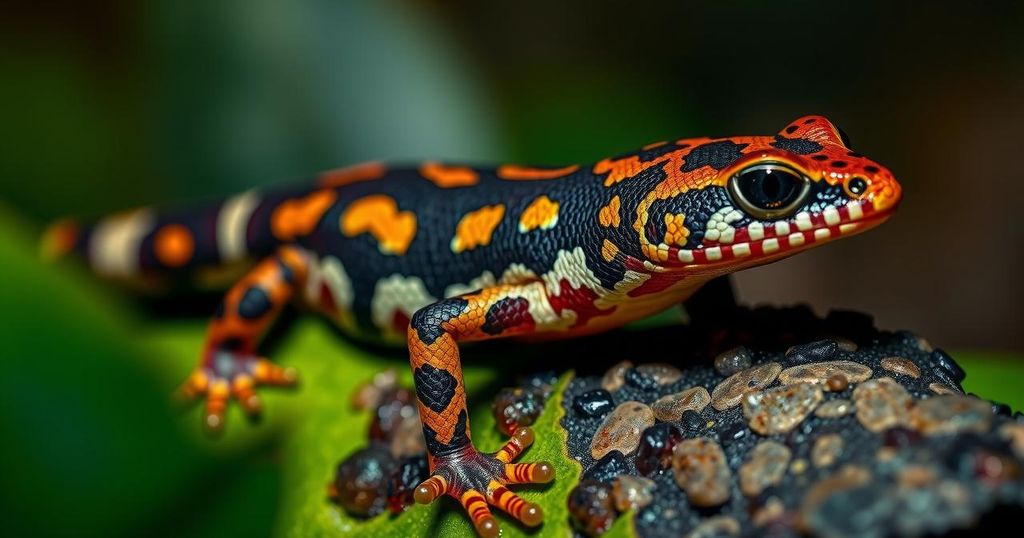Climate Influences on the Morphology of Arizona Tiger Salamanders

Mark Kirk and colleagues examined the effects of climate on Arizona tiger salamanders’ morphologies using a 32-year study. Extended growing seasons promote terrestrial forms, while cold spells favor aquatic forms, revealing intricate climate influences on species adaptation. The findings highlight the necessity for long-term ecological studies to explore these dynamics further.
In a recent study, Mark Kirk from Murray State University and Allegheny College, alongside colleagues, utilized a comprehensive 32-year mark-recapture dataset to analyze 717 Arizona tiger salamanders (Ambystoma mavortium nebulosum). The findings indicate that while extended growing seasons promote terrestrial metamorphic forms, environmental factors such as prolonged cold spells and reduced snowfall preferentially encourage aquatic paedomorphic forms. This research elucidates the intricate nature of species plasticity under varying climatic conditions, underscoring the necessity for sustained observational studies to unravel the complex dynamics of selective pressures impacting natural populations.
Climate change is a critical factor influencing wildlife, including amphibian species like the Arizona tiger salamander. This study highlights the dual impact of climate on salamander morphology, illustrating how differing climate conditions can lead to varied developmental outcomes. Understanding these dynamics is essential for conservation efforts, especially in the context of a rapidly changing climate that poses challenges to ecological systems and biodiversity.
This research significantly contributes to the understanding of how climate shapes the morphological traits of amphibians. The divergent impacts of extended growing seasons and colder winters on salamander forms emphasize the complexity of species responses to environmental shifts. Longitudinal studies are vital for capturing these interactions and assisting in the formulation of effective conservation strategies as climate continues to evolve.
Original Source: www.nature.com






